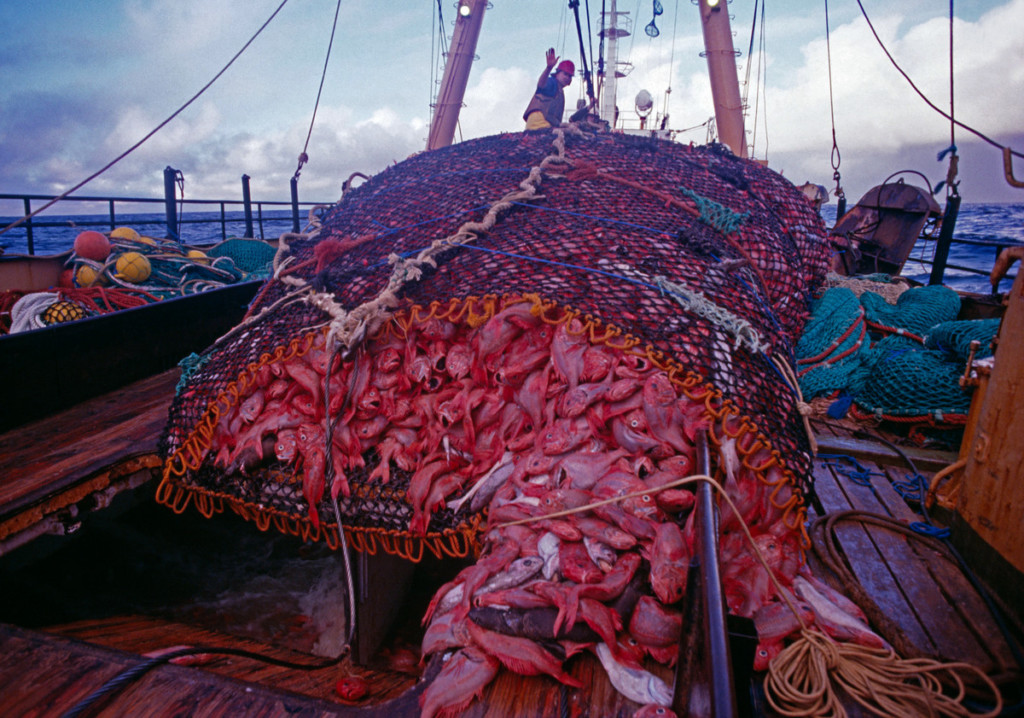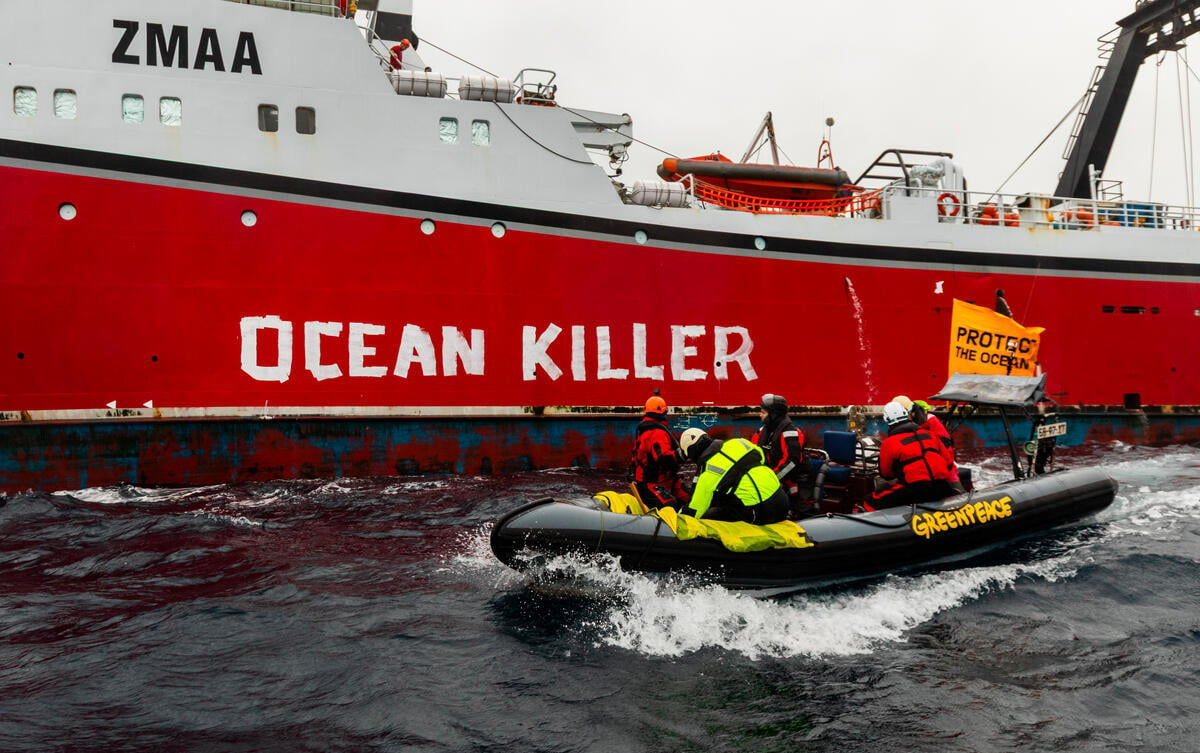New Zealand’s destructive bottom trawling is back in the spotlight, as vessels the Tasman Viking and Amaltal Mariner are given permits to continue trashing deep sea corals in the South Pacific.
High Seas Permits were issued by the Ministry of Primary Industries over the last month for the two vessels, despite the fact that both have recent convictions.
The Tasman Viking, owned by Westfleet, dragged up bamboo coral from the international waters of the Lord Howe Rise in 2020, releasing the net back overboard before the coral could be properly recorded.
The Amaltal Mariner, owned by Talley’s, trawled in a marine reserve off Kaikōura in 2019. Another in the fleet, the Amaltal Apollo, repeatedly trawled in a protected area in the Lord Howe Rise in 2018.
Greenpeace Aotearoa and the Deep Sea Conservation Coalition are criticising the issuing of the permits, renewing the call for New Zealand to end bottom trawling in the South Pacific ocean altogether.
“New Zealand trawling companies are outliers – the last ones bottom trawling in the South Pacific high seas” says Greenpeace Aotearoa campaigner Ellie Hooper.
“While other countries are moving away from bulldozing ancient coral forests, the New Zealand government continues to support this archaic industry that destroys the foundations of ocean life.”
Earlier this year, the New Zealand government prevented much-needed protections being implemented in international waters, at a meeting of the South Pacific Regional Fisheries Management Organisation (SPRFMO). Despite all member countries agreeing to the measure by consensus the year before, New Zealand blocked it from becoming a reality.
“The New Zealand government isn’t listening to the people of this country, nor the rest of the world,” says Hooper.
“Polling shows that 73% of New Zealanders want bottom trawling gone from the South Pacific, and other countries are pushing for that too. The government is putting themselves out on a limb to protect an industry that belongs in the past.”
DSCC spokesperson Karli Thomas says protecting deep sea habitats is crucial for ensuring there are fish for the future.
“Protecting deep sea habitats like seamounts – hotspots for ocean life – is vital. Orange roughy use these areas to spawn. Recent research has shown that aggregations of orange roughy have disappeared altogether from heavily trawled seamounts, which is a truly worrying sign.
“The New Zealand government needs to stop issuing high seas permits to bottom trawlers – let alone vessels with recent convictions for illegal fishing. It’s time New Zealand put an end to seamount bottom trawling in the Pacific.”

At home and far out to sea, our oceans are being plundered for profit by the fishing industry through bottom trawling. But what is bottom trawling and why is it so destructive to ocean habitats?
Take Action



